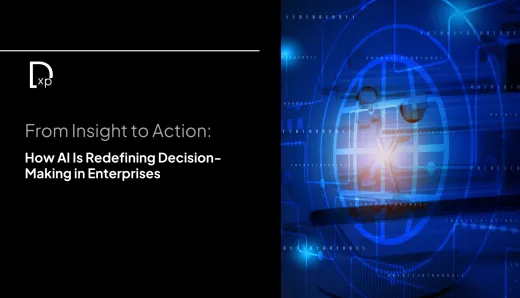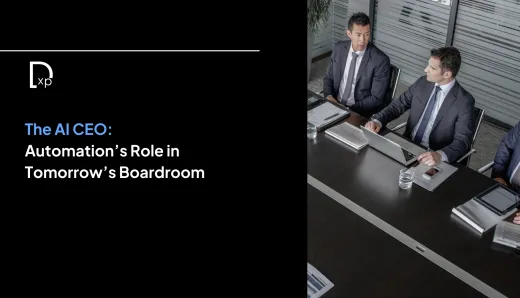How AI helps educators connect with students better
The Artificial Intelligence (AI) market in the US education sector had been predicted to grow at nearly 48% during 2018-2022, according to Technavio’s AI Market report. “My hope is that by 2030, most of humanity will have ready access to education through digital agents,” says Gabor Melli, the former senior director of engineering at Sony PlayStation. The statement makes a point that the primary goal of educators is to ensure quality, and accessibility for all children, even during challenging circumstances. To achieve this, education institutions are adapting technologies like Artificial Intelligence, Machine Learning, and Automation for delivering content and connecting with students better. In this article, we discuss various ways AI helps educators, institutions and students.
AI-Teacher Collaboration
Artificial Intelligence can replicate human-like skills such as problem-solving, critical thinking, and learning. AI also works effectively for driving personalization, streamlining tasks, and driving efficiency. As the technology matures, it can fill existing gaps in teaching, which would allow educators the freedom and time to better adapt and understand the needs of students.
Automation
AI has helped in automation of administrative tasks like enrollment, admission process, attendance recording, grading, timetable scheduling, and digital asset categorization allowing educators to focus their attention on other important tasks. AI solutions are also going to help evaluate descriptive questions and written responses. For instance, Gradescope is an AI platform that assesses and gives feedback to students by combining expertise of AI, and machine learning. Such solutions enable educators to grade paper-based tests, online homework, and programming projects in one place.
Support beyond the classroom
Study programs and tutoring are becoming more technologically advanced with the help of AI. Educational institutions are investing in smart learning solutions whose global market size is projected at USD 95.4 billion by 2026 at a CAGR of 21.0% from 2021-2026, according to a report. Many EdTech firms like Thirdspace Learning, Thinkster Math are using artificial intelligence to enable tutors to offer support beyond the classroom. By accurately diagnosing students’ study habits, past performance AI-based tools can help in improving future performance and test scores of students.
Universal access
95% of the teenagers have access to smart devices, while 45% of these are “almost constantly” online, says a recent data from Pew Research. Use of AI helps educators open possibilities for more inclusive learning. Those students who aren’t able to attend schools due to illnesses or students with learning disabilities, such as hearing or visual impairments, or those who communicate in different languages can now access learning. For example Knowji, the audio-visual vocabulary app, enables language learners to learn words faster. It uses a spaced repetition algorithm to know when a learner is about to forget a word. Such apps can prove beneficial for specially challenged students. Another example of AI implementation is plug-ins like Presentation Translator for PowerPoint that can create real-time subtitles, thus making connection with students better and universal without language, pronunciation or tone barrier.
Individualized learning
Personalized programs through AI allow tailored and adaptable learning solutions for capabilities and goals of each student. Companies like Carnegie Learning and Content Technologies are developing digital platforms, and instructional designs which use AI in providing testing, learning, and feedback to each student. Such AI solutions identify knowledge gaps, and redirect students to new topics when it’s appropriate for them. Carnegie Learning, for instance, works under the Mirrors & Windows program, which is designed to make learning better for students. Mirrors & Windows program provides differentiated instructions in three tiers model, which includes-
- Tier 1: Standards-based core learning for all students;
- Tier 2: Meant for targeted groups with needs-based differentiated instruction;
- Tier 3: Provides individual Instruction for special needs students.
With the hope of AI becoming more sophisticated, it would be possible for machines to read students’ expressions, and modify lessons in response to that.
Conclusion
As new AI technologies emerge and mature, student-educator interaction becomes more simplified. Apps around artificial intelligence and machine learning have been entering the EdTech sector to make education more accessible, fun, and universal. Education leaders need to adopt such emerging technology at a faster pace in their process of education delivery.




